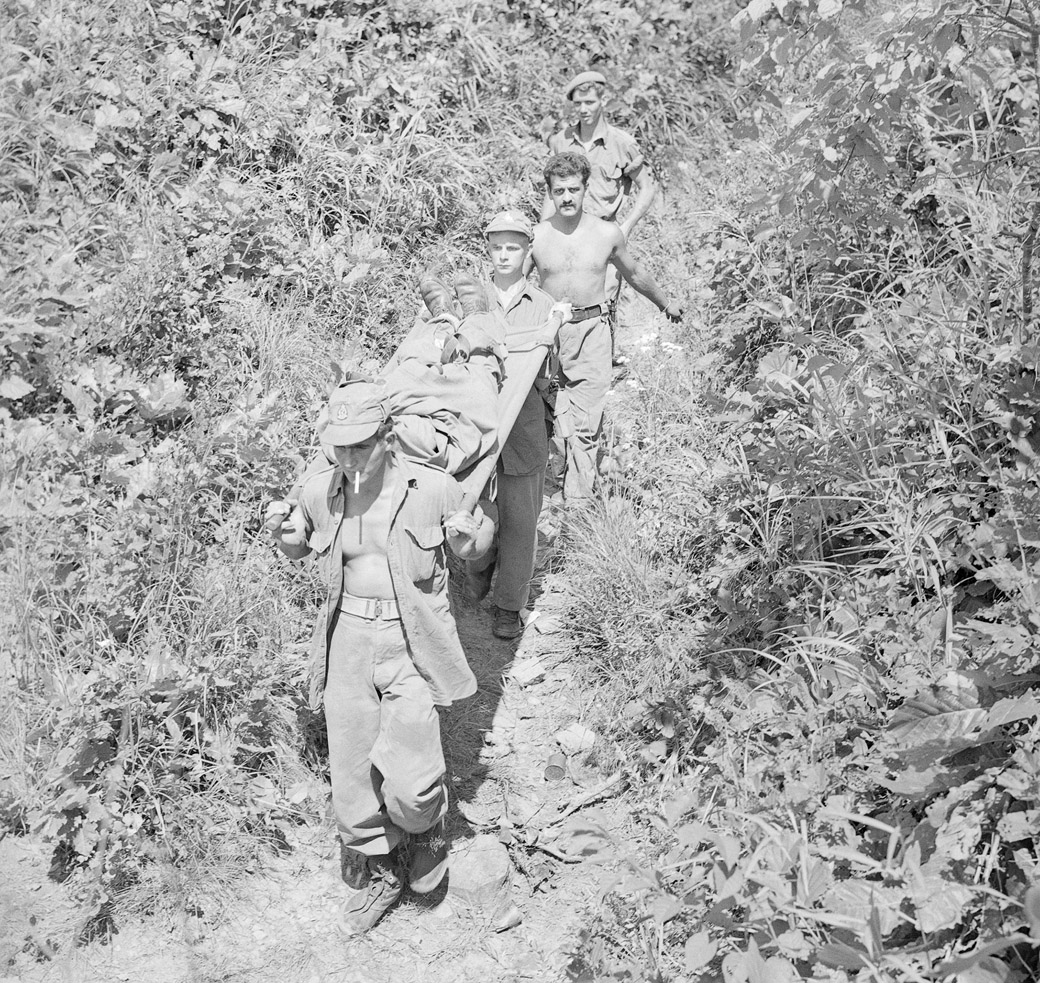As evening descended on Toronto August 4, 1914, thousands crammed the downtown streets. Many crowded, restless, in front of newspaper offices, intently watching for telegraphed bulletins.

The crises that had gripped Europe all summer, beginning with the assassination of Austrian Archduke Franz Ferdinand in Sarajevo five weeks before, had entangled Britain and its empire, and if Germany failed to meet a British ultimatum by midnight in London – 7 p.m. in Toronto – the two nations would be at war.
“By early evening,” historian Ian Miller writes, “Bay and Yonge Streets were black with people. Traffic was at a standstill. Policemen gave up directing traffic, turning to crowd control. They watched and waited as the minutes ticked by.”
At seven, the bells of (not yet “Old)” City Hall sounded the hour.
“Bulletin after bulletin flashed in newspaper office windows, meeting with cheers. Men removed hats and tilted back heads in song: ‘Rule Britannia’ and ‘God Save The King’ filled the air.”
“It was the beginning of an enthusiasm which was followed by street scene after street scene – processions with bands, little groups discussing the matter and cheering crowds reading bulletins and extras,” the Globe reported the next day.
In retrospect, the day marked Canada’s bitter introduction to the wars of the twentieth century, a long nightmare that stretched through the signing of an armistice in distant Korea nearly 40 years later. By then, more than 6,000 Toronto families had received the dreaded telegram tersely telling them they’d lost a husband, son, father.
Interactive: Explore the addresses of Toronto’s First World War dead
Interactive: Explore the addresses of Toronto’s Second World War dead
By the war’s end in 1918, some neighbourhoods were devastated. Shannon Street, a block running just south of College between Ossington and Dovercourt, lost ten men in the First World War. The Baron family, at 113 Langford Ave. north of Pape and Danforth, lost three sons – 28, 30 and 31 years old. Robert died at Ypres in 1916; Lawson was killed by a shell during a trench raid at Vimy Ridge in 1917; Thomas, gassed in 1915, lingered on to die in Toronto a few weeks before the end of the war.

Get breaking National news
By the time the conflict ended, it had taken the lives of about two per cent of the city’s male population.
The Battle of Hill 70: Canada’s forgotten Vimy Ridge

The Second World War left fresh scars, killing more than 3,200 people with next of kin in the city. The Dieppe raid in August of 1942 killed 127 Toronto soldiers in a single day: Five lived within a short walk of Queen and Spadina, another three in the corner of Riverdale southwest of Broadview and Danforth.
Soldiers were killed in dramatic numbers in a few bloody battles, while aircrew died in a steady trickle. By the end of the war, they shared the death toll equally.
The war’s end slowed but didn’t stop the deaths – one Toronto man listed as a Second World War casualty died at the Christie Street veterans’ hospital in March of 1947.
Interactive: Calendars chronicle the wars’ bloodiest days for Toronto
How we got the data
Patrick Cain first mapped the city’s Second World War dead when as an editor at (now-extinct) openfile.ca, using a card file created by municipal officials during the war to keep track of the city’s dead.The cards documented more than 3,300 people with next of kin in Toronto who were killed in the war. They died over Germany on air raids, fighting in Normandy and Italy, at sea as their warships or merchant vessels were torpedoed. Many were killed in training accidents. One is buried in South Africa, one in the Yukon.’
Thanks to the volunteers at the Canadian Great War Project, a volunteer organization that assembles publicly available data about Canadians who served in the First World War, the equivalent map for that war was much easier to build. The CWGP gave Global News a spreadsheet of 4,035 people who died in the First World War and appeared to have a Toronto connection, from which we extracted 2,910 who had mappable addresses in the city or surrounding communities.
About two dozen Canadian soldiers killed in the Korean War had Toronto next-of-kin. We found the addresses of many of them in casualty lists published by the military during the conflict. In other cases, Veterans Affairs Canada’s Virtual War Memorial indicates a Toronto connection, though usually without an exact street address.









Comments